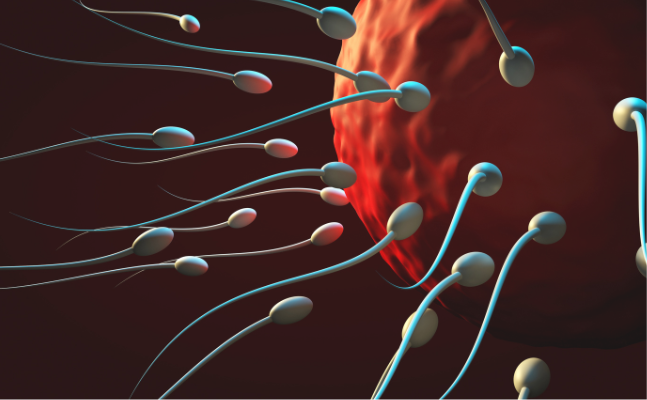Understanding Primary and Secondary Infertility: A Comprehensive Guide
Infertility is a deeply personal and often emotionally challenging experience that affects millions of individuals and couples worldwide. While many are familiar with the term "infertility," there is often confusion surrounding the distinctions between primary and secondary infertility. Let’s dive into these concepts, explore their causes, and discuss available treatments, offering support and guidance to those navigating this difficult journey.
What is Primary Infertility?
Primary infertility simply means a pregnancy has never been achieved. The medical system refers to it as the inability to conceive after one year of regular, unprotected intercourse for women under the age of 35, or after six months for women over 35, without having previously achieved a successful pregnancy.
Primary infertility can affect both men and women and may be due to a variety of factors.
What is Secondary Infertility?
Secondary infertility refers to the inability to conceive or carry a pregnancy to term after previously giving birth to a child. This condition can be just as distressing as primary infertility, as couples often assume that because they have had a child before, they should be able to conceive again without difficulty.
Investigation of Infertility
Time requirements (such as waiting for 12 months before being diagnosed with infertility) can be very stressful and unrealistic for people. Generally, infertility is diagnosed after 6 months to 1 year of trying to conceive. Often people think they cannot investigate any potential causes of infertility until the one year mark. There is no reason that investigation cannot happen sooner. The more time that passes, the deeper we can dive into testing. Looking at basic blood work and a hormone panel may help find a nutrient deficiency or indicate the patient is having anovulatory cycles (aka not ovulating). It is also important to remember, men play a role in getting pregnant as well. It is crucial that both the female and the male are investigated for potential problems contributing to infertility.
Potential Causes of Infertility
Female Factors:
Ovulatory Disorders: Conditions like polycystic ovary syndrome (PCOS), thyroid disorders, or premature ovarian failure can prevent regular ovulation, making conception difficult.
Hormonal Imbalances: Estrogen, progesterone, testosterone, FSH and LH and thyroid hormones (TSH, fT3, fT4) all play a role in conception.
Tubal Blockages: Fallopian tube damage or blockages, often caused by infections, endometriosis, or previous surgeries, can prevent sperm from reaching the egg.
Uterine Abnormalities: Structural issues with the uterus, such as fibroids or polyps, can interfere with implantation or cause early pregnancy loss.
Age-Related Decline: As women age, the quantity and quality of their eggs decrease, leading to reduced fertility.
Lifestyle Factors: Smoking, excessive alcohol consumption, drug use, and obesity can negatively affect fertility.
Complications from Previous Pregnancy: Damage to the reproductive organs from a previous birth, such as scarring or adhesions from a c-section, can hinder future pregnancies.
New Health Conditions: Conditions like diabetes, hypertension, or thyroid disorders, which may have developed after the first pregnancy, can contribute to secondary infertility.
Male Factors:
Sperm Disorders: Issues with sperm count, motility (movement), or morphology (shape) can prevent successful fertilization.
Hormonal Imbalances: Low testosterone or other hormonal imbalances can affect sperm production.
Genetic Factors: Certain genetic conditions, such as Klinefelter syndrome, can impact male fertility.
Lifestyle Factors: Smoking, excessive alcohol consumption, drug use, and obesity can negatively affect sperm health.
New Health Conditions: Conditions like diabetes, hypertension, or thyroid disorders, which may have developed after the first pregnancy, can contribute to infertility.
Unexplained Infertility
In some cases, no clear cause of infertility can be identified despite thorough testing. This is known as unexplained infertility, which can be particularly frustrating for those affected.
Conclusion
Whether you are dealing with primary or secondary infertility, it is important to remember that you are not alone. Infertility is a common issue, and many couples eventually achieve their dream of parenthood with the help of medical interventions and support. If you are struggling with infertility, consider reaching out to a fertility specialist who can guide you through the available options and help you make informed decisions on your journey toward building your family.
Struggling with fertility challenges? Get personalized support and treatment options with Dr. Brittany Jeffries in Kelowna. Book your consultation today!



